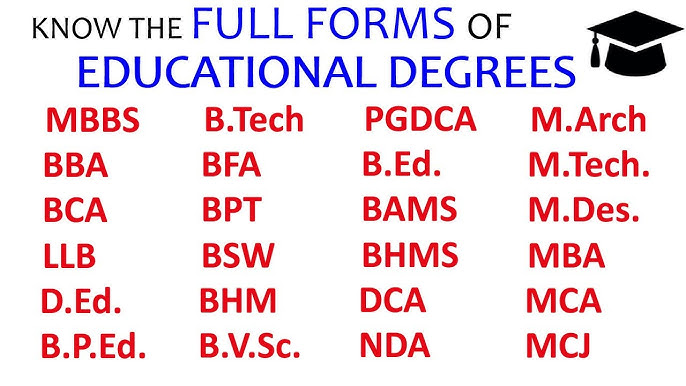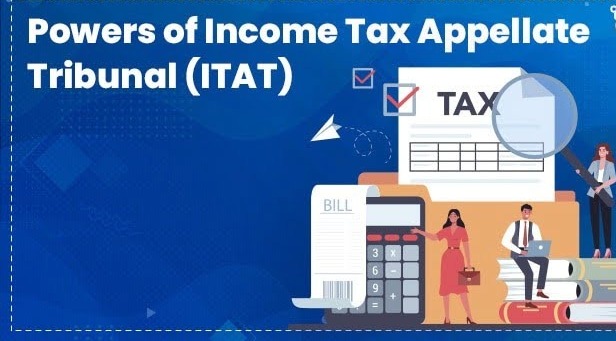1. Appellant No. 1, Somra Munda, is the father of appellant Nos. 2, 3 and 4 lived at Tangra toil Kamanta, P.S. Khunti. All of them have been found guilty for the offence under Sections 302/34 of the Indian Penal Code for committing murder of Sukhram Munda (full brother of the appellant No. 1) and each of them have been sentenced to undergo rigorous imprisonment for life, by judgment dated 16.12.1991 passed by 7th Additional Judicial Commissioner, Ranchi, Khunti in Sessions Trial No. 187 of 1987.
2. The prosecution case, in short, is that on 31.10.1986 at about 6 P.M. the informant''s husband, namely, Sukhram Munda, along with his five year old son Sanika Munda, P.W. 6 (tendered) had gone to the house of Mochi Rai Munda, P.W. 1 (declared hostile) to drink liquor. Some time thereafter, the informant heard the scream of her husband, coming from outside. On that, she came out from her house and went towards the road and saw that all the appellants, who were armed with tangi, were assaulting and cutting her husband. On seeing the informant, they fled away. Thereafter the informant raised hulla, on which witnesses Sanika Munda P.W. 6 (tendered), Soma Munda (P.W. 2), Konta Munda (not examined) arrived there and saw the accused persons while they were feeling away from the place of occurrence. The deceased died on the spot due to injuries caused by the appellants. On the next day, First Information Report was lodged by the informant and on the basis of which, investigation was taken up and the charge sheet was submitted and the case was committed to the court of Session where the charges were framed against them, which the appellants denied. Thereafter, they were put on trial.
3. In order to establish the charges, altogether 8 prosecution witnesses were examined on behalf of the prosecution. The only eye-witness to the occurrence is the informant (P.W. 5) - Birsi Munda, wife of the deceased, whereas P.Ws. 1 and 2 have been declared hostile. P.Ws. 3 and 6 have been tendered. P.W. 4 is Man Singh Munda, before him the inquest was prepared. P.W. 7 is the Doctor, who held post mortem examination of the deceased and P.W. 8 is a formal witness, who has proved Ext. 1. The Investigating Officer has not been examined by the prosecution.
4. According to the doctor (P.W. 7), who held the post mortem examination of the deceased, following injuries were found on the person of the deceased.
(i) Sharp cut injury 3" X 1" X bone deep causing fracture of the left mandicular bone.
(ii) Penetrating injury 11/2" X 1" X 3" causing puncture of right lobe of lung.
(iii) Cut injury 3" X 1/2" X scalp deep causing fracture of right occipital bone.
(iv) Cut injury 2" X 1" X 1/2" causing fracture 1st and 2nd survical vertebra.
(v) Penetrating injury 1" X 1/2" X 2" damaging the blood vessel and nerves in front of neck.
All the injuries were antimortem in nature caused by sharp and pointed weapon. He has further stated that cut injuries may be caused by tangi but penetrating injuries by chhura.
According to the doctor, the cause of death was due to shock and haemorrhage due to injuries on the vital organs.
5. Mrs. Lily Sahay, learned Counsel appearing for the appellants submitted that the whole case is based on the evidence of P.W. 5 i.e. the informant who is said to be the sole eye-witness to the occurrence. Learned Counsel after placing the evidence of P.W. 5 Birsi Munda, submitted that this witness is not at all a truthful witness because of the fact that her evidence is wholly inconsistent with the medical evidence. She submitted that, according to this witness, all the appellants were carrying ''Tangi'' i.e. a heavy sharp cutting weapon and they assaulting the deceased with ''Tangi'' only, whereas according to P.W. 7 the doctor, the injuries found on the person of the deceased were caused by sharp and pointed weapon such as ''Chhura''. She further added that as per the medical evidence, apart from three sharp cut injuries, there were two penetrating wounds also on the body of the deceased and those two penetrating wounds could not have been caused by means of ''Tangi'' and, therefore, the evidence of sole eyewitness which is inconsistent to the medical evidence, has to be rejected. According to the learned Counsel, some corroboration of the evidence of P.W. 5 was required, but there is no other evidence on the record to corroborate the testimony of P.W. 5 and in such a situation, the conviction and sentence passed against the appellants by the trial court, is not wholly unsustainable in the eyes of law.
In support of her submission, she placed reliance on a judgment of this Court in the case of Debendra Dehri v. The State of Jharkhand reported in (2008) 4 JLJR 315. By drawing our attention to paragraphs 7 and 8 of the judgment, it is submitted that, in similar situation, the evidence of the solitary eye-witness, which was found to be inconsistent to the medical evidence, was rejected and the appellants were acquitted.
6. On perusal of the evidence of Birsi Munda as well as the evidence of P.W. 7 doctor, who has conducted post mortem examination, we find force in the submission of the learned Counsel for the appellants. Apparently, there is inconsistency between the ocular evidence of P.W. 5 the informant and the medical evidence of P.W. 7 i.e. the doctor. Two penetrating injuries were found on the person of the deceased but there is nothing on the record to show as to how those injuries were caused to deceased. No motive even has been assigned in the case, therefore, we fail to understand as to why the appellant No. 1, who is own brother of the deceased and appellant Nos. 2, 3 and 4 are his sons, without any rhyme and reason, would kill their own close blood relative. Since the Investigating Officer was not examined in this case, therefore, the defence was also not been able to cross-examine on the said point. In this situation, we are constrained to hold that the prosecution has not come out with true version. We, further find the evidence of P.W. 5 Birsi Munda, to be inconsistent to the medical evidence and she is found to be not fully trustworthy. On her sole testimony, the appellants could not have been convicted and sentenced by the trial court.
7. In view of the above discussions and finding above, this appeal is allowed and the judgment of conviction and sentence passed against the appellants by the trial court is hereby set aside. The appellants, who are on bail, are discharged from the liabilities of their bail bonds.

